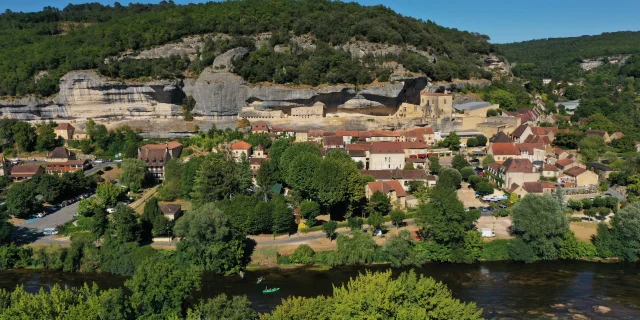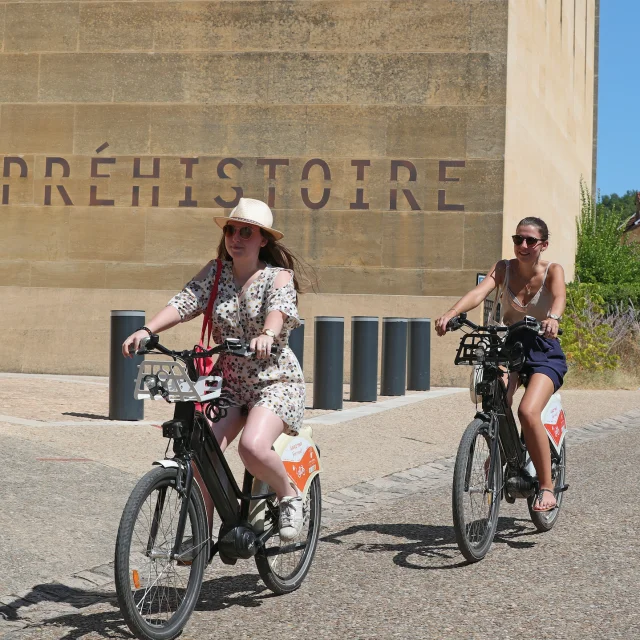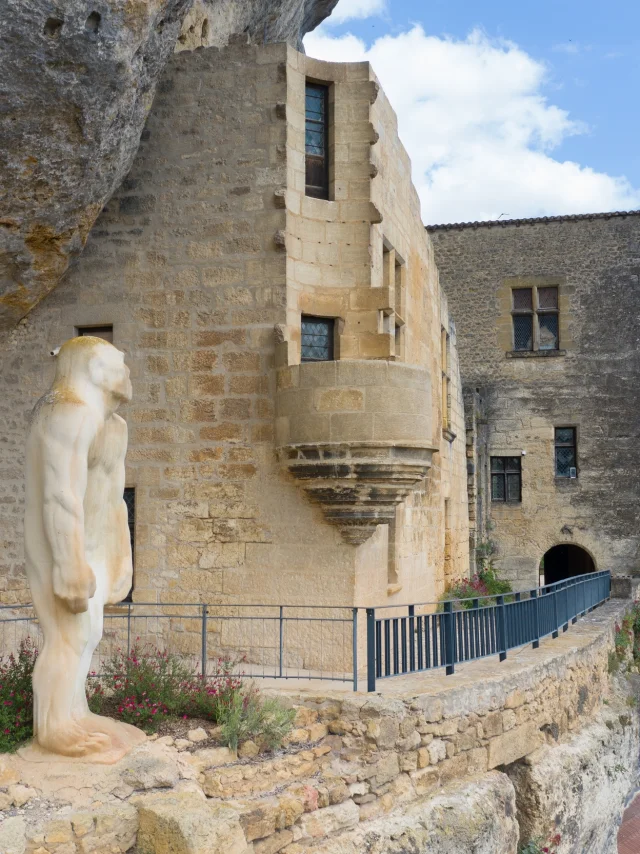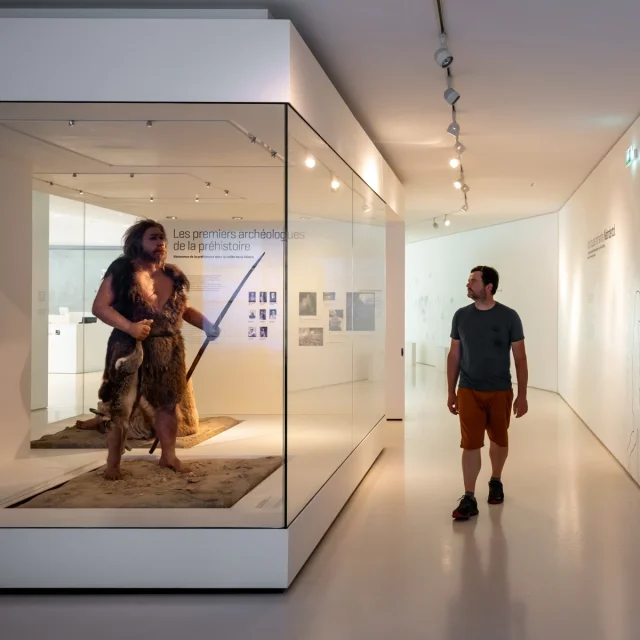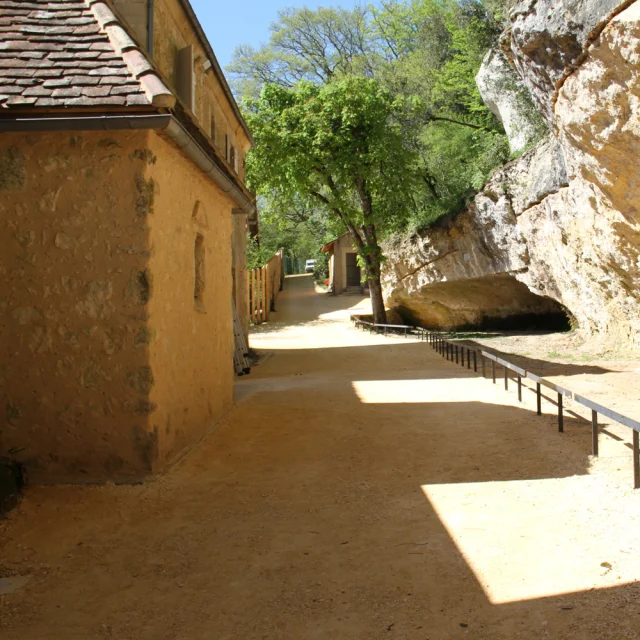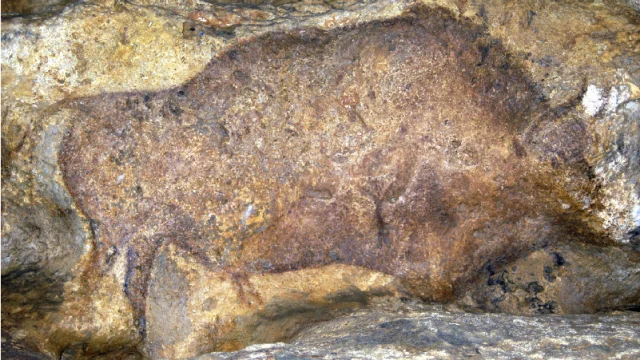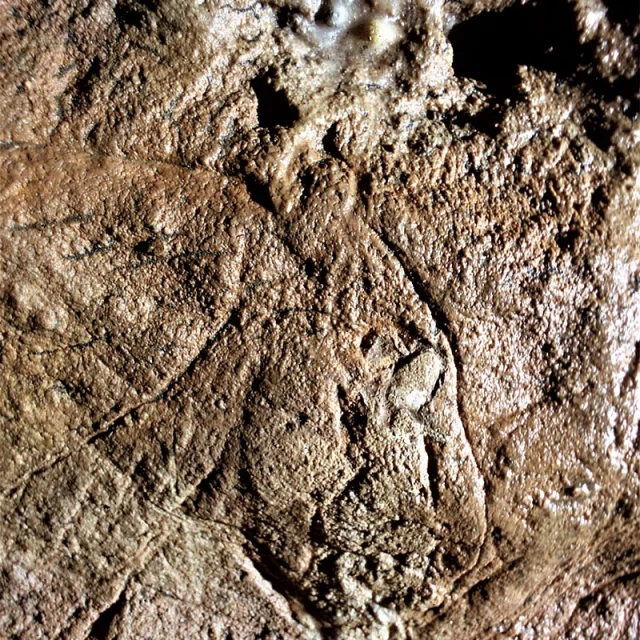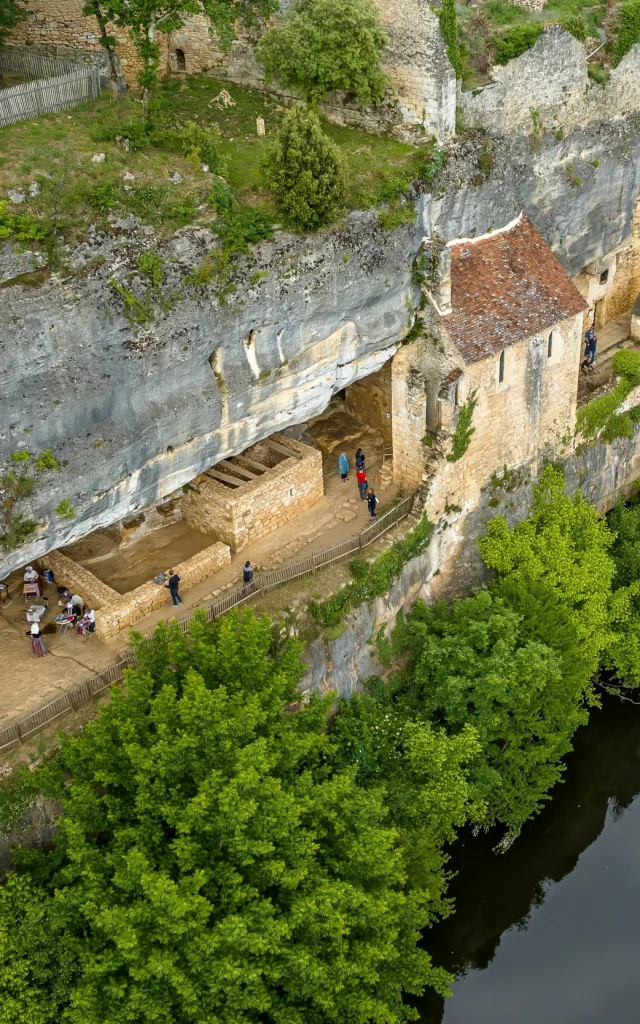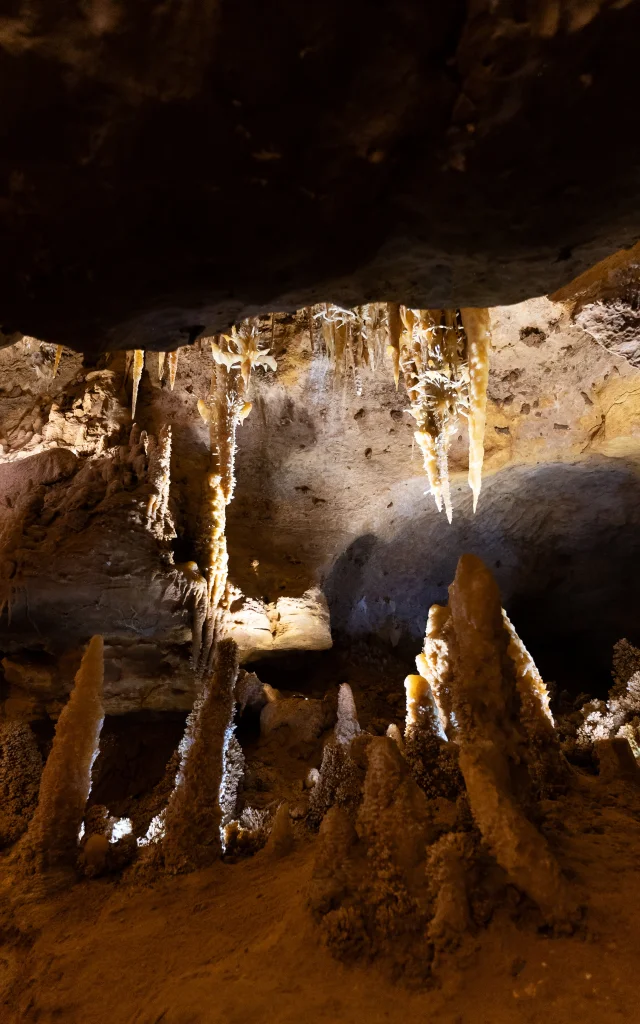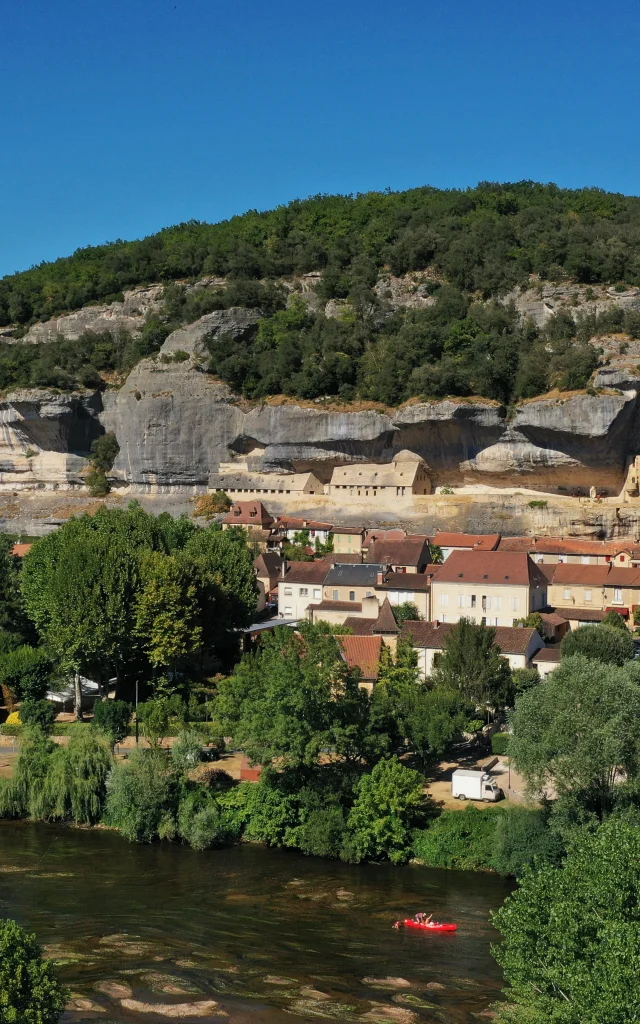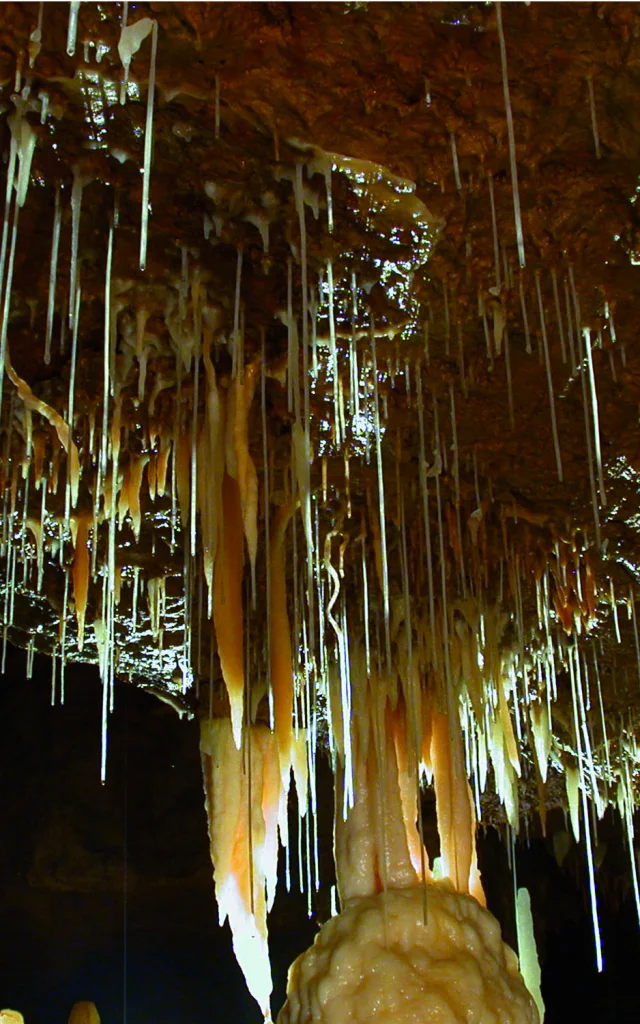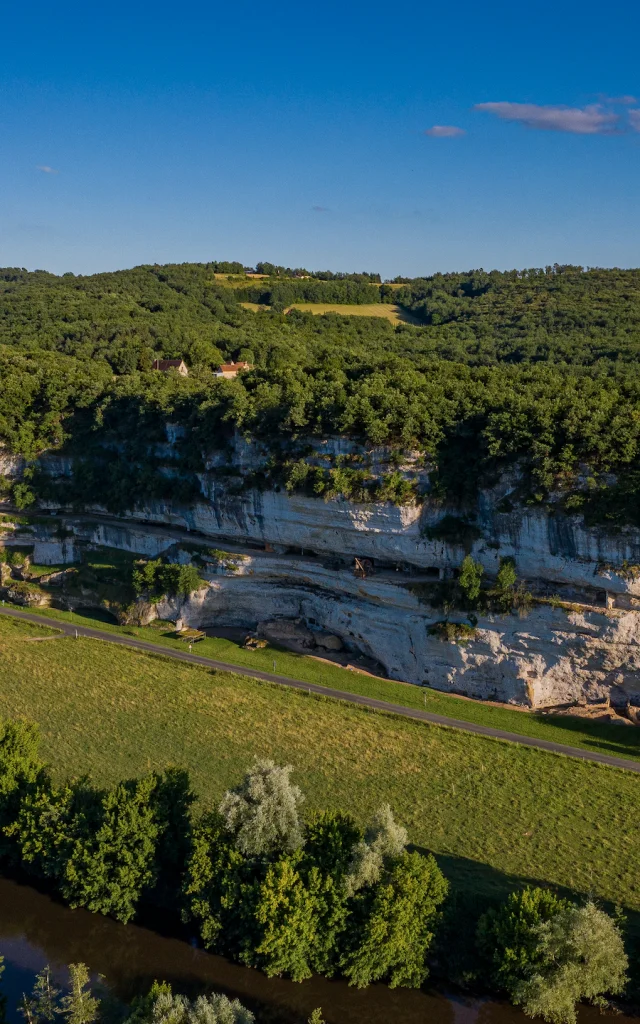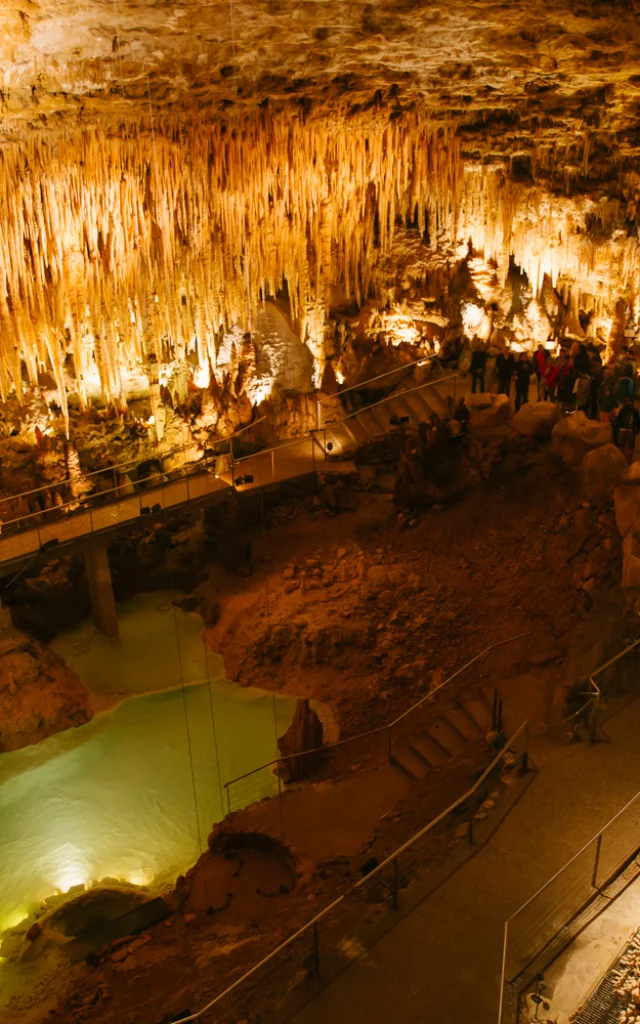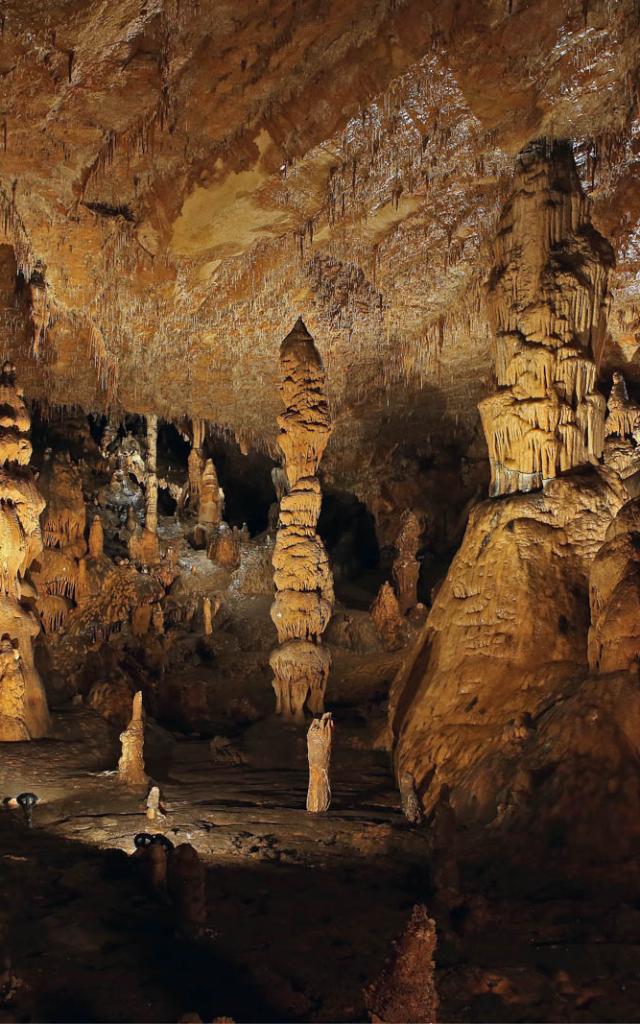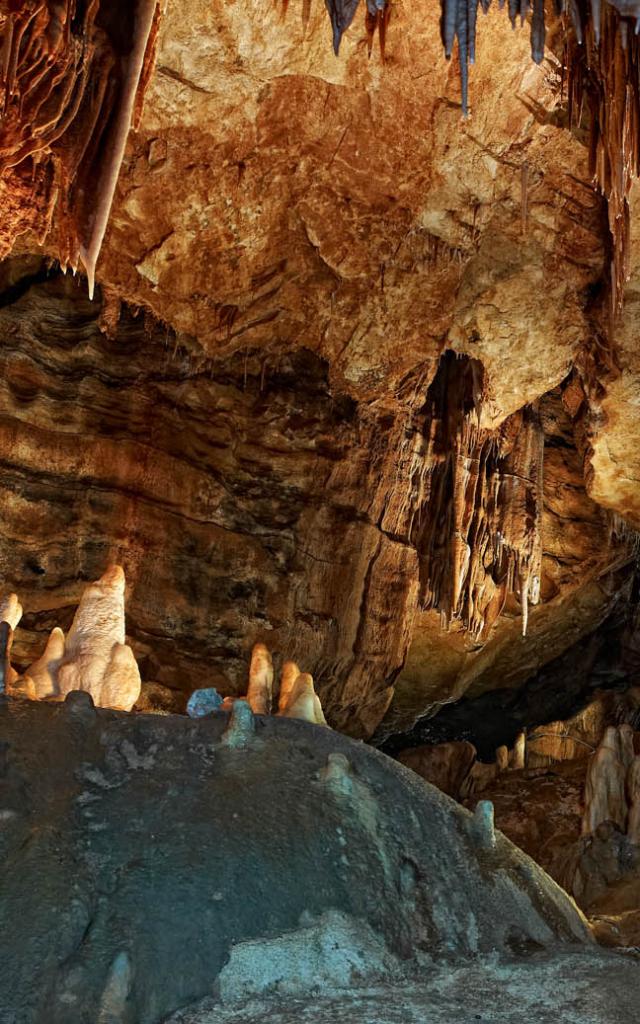Les Eyzies is a living monument to prehistoric times.
The Vézère Valley, with its abundance of prehistoric sites, has been recognised as a UNESCO World Heritage Site since 1979, solidifying its status as a global centre for the study of early human prehistory.
At the entrance of the village, visitors are welcomed by the Pôle International de la Préhistoire, a resource center dedicated to the region’s prehistoric heritage. Here, you can dive into a vast collection of digitized bibliographies, documentaries, and exhibits that shine a light on the lives of our early ancestors.
Further on, a visit to the National Museum of Prehistory is a must. Housed in the former Château des Eyzies, this museum was founded in 1918 and is an essential stop for anyone curious about the evolution of humanity.
The museum contains over 18,000 artifacts, which span 400,000 years of human history, from the earliest stone tools to the sophisticated art of the Upper Paleolithic. Through these objects, visitors can explore how our ancestors shaped their tools, hunted for food, and expressed themselves through art. Outside the museum stands an iconic statue of primitive man, sculpted in 1931 by Paul Dardé, symbolizing Les Eyzies’ deep connection to our shared prehistoric past.
But the prehistoric journey doesn’t stop at the museum. A short distance from the village centre brings you to two extraordinary rock shelters that were once home to early humans. Abri Pataud is a key archaeological site that has revealed 14 layers of prehistoric dwellings spanning 15,000 years. Excavations here uncovered the skeleton of a young woman who lived more than 20,000 years ago, giving us a rare glimpse into the lives of humans in the Upper Paleolithic period.
Just outside the village lies the Abri Cro-Magnon, where the remains of the first Cro-Magnon man—our direct ancestor—were discovered in 1868. This groundbreaking find marked the first evidence of Homo sapiens in Europe, forever changing our understanding of human evolution.
